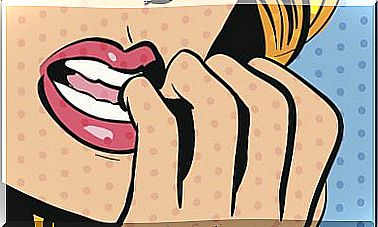Jean-Paul Sartre: Biography Of An Existentialist Philosopher
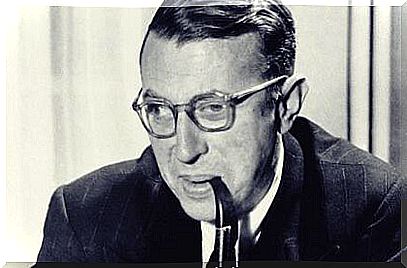
Philosopher, dramatist, activist, political journalist, writer… Jean-Paul Sartre was one of the most outstanding representatives of existentialism and humanist Marxism. His work contains the essence of contemporary thought and valuable reflections on the complex relationship between the self and society. His ideas and legacy were fundamental to psychology.
Influenced by other great German thinkers such as Husser and Heidegger, Sartre was the man capable of winning the Nobel Prize and turning it down. All due to the firm need to be consistent with its ideological principles. He was also the figure capable of taking up arms to fight for the liberation of an African people and thereby demonstrating to us that freedom, as such, required an authentic commitment.
Likewise, and in addition to his role as a philosopher, activist and writer, it is interesting to highlight the impact of his work in the psychological context. Jean-Paul Sartre laid the foundations for a new current, the existential-humanist. His stance based on man’s responsibility for his actions, self-knowledge and his well-known premise of “I think, therefore I am”, marked a before and an after.
Jean-Paul Sartre, the biography of an activist philosopher
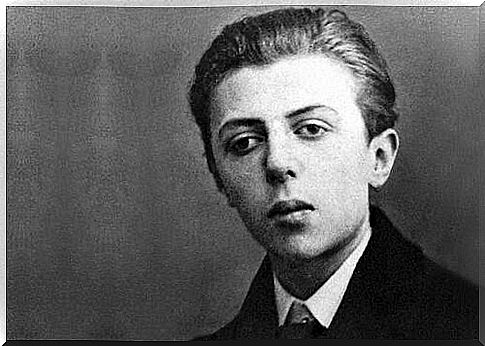
Sartre was born in Paris on June 21, 1905. He was the son of a naval officer. However, the early loss of her father made her education as different as it was decisive. He was raised by his mother and grandfather. Anne Marie Schweitzer would transmit to him a passion for literature, while Albert Schweitzer would introduce him to philosophy.
He did not hesitate, therefore, to follow this intellectual current. Thus, in 1929, he obtained his doctorate in philosophy at an elite center, the École Normale Supérieure . It was precisely during this student period that he met Simone de Beauvoir, who would be his life partner and indispensable intellectual ally in his daily life.
Everything would change a lot with the outbreak of World War II. In fact, he was even a prisoner of the Germans, an episode that would mark his later work, once he regained his freedom in 1941. It didn’t take long for him to return to active life working with Albert Camus in Combat , the newspaper of the Resistance.
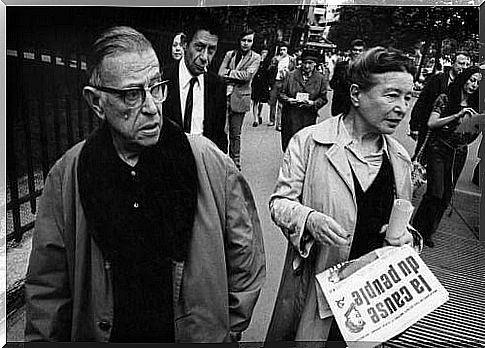
A man committed to freedom and social activism
In 1945, Jean-Paul Sartre and Simone de Beauvoir started a joint project of great social inspiration: the political and literary magazine “ Les temps modernes ”. His socialist ideals and his contacts with communism already fully marked this decisive stage in his biography.
He was a fierce critic of the Vietnam War. It defined as a purpose to show the world the crimes and injustices carried out by the United States. Later, in 1964, Sartre would receive the Nobel Prize for his contributions to the field of thought. However, as we have already pointed out, he rejected it.
According to Sartre, accepting the Nobel meant losing that critical view as a philosopher, as a mind committed to social activism and intellectual independence. He spent his entire life sympathizing with countless causes and lived humbly.
He died on April 15, 1980. He was 74 years old and thousands of people attended his funeral. Rests in the Montparnasse Cemetery in Paris.
Nausea , the greatest literary contribution by Jean-Paul Sartre
To understand Jean-Paul Sartre’s legacy and his contribution to humanist existentialism, we need to get closer to his masterpiece: Nausea . This book, in addition to its undoubted literary quality, urged society at the time to understand the world in a different way, through a more awake, critical and profound vision.
Context of Nausea
Sartre wrote this work when he was just over 26 years old when he was in Berlin, coinciding with Hitler’s coming to power. At that time, all he did was read his two theoretical references: Husserl and Heidegger. I was absolutely fascinated by the concept of phenomenology and the way of describing events through perception, the impressions that the outside leaves in our minds.
In this way, Sartre’s best-known book is a phenomenological exercise in which he describes his own experience as a teacher in a secondary school in Le Havre. In this context, the only thing he felt and perceived was darkness, emptiness, lack of meaning in front of everything that happened around him.
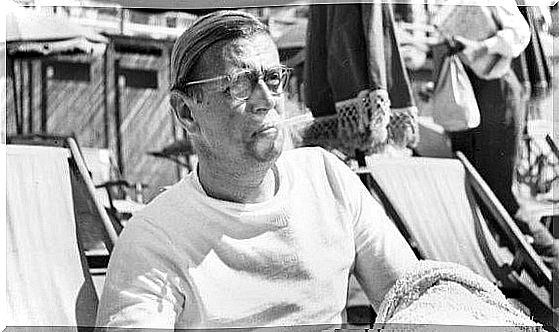
Antoine Roquentin, Sartre’s alter ego
The protagonist of Nausea is Antoine Roquentin, Sartre’s alter ego. We are facing a young man who comes from Indochina to settle in an imaginary city with a very specific purpose: to make a biography of an 18th century aristocrat. The only thing our protagonist does is write, relate to the hotel owner, listen to jazz and talk to Autodidact, a creature eager for knowledge who consumes one book after another.
In this singular scenario, the plot of A Nausea is developed . A work where the reader also “consumes” page after page, the protagonist’s deep apathy. His disgust, his incomprehension of everything around him. Everything is subject to chance, everything gravitates at its own pace to the point where everyday life takes on terrible tones.
Something we must take into account about this work in order to understand it is the following. What Sartre describes for us develops between 1936 and 1938. At that time, there was not only the rise of Nazism in Germany, but also a profound moral crisis in French society, which he witnessed and masterfully reflected in Nausea .
Final Thoughts
This work left us messages that can (and should) be applied to any historical moment:
Let us think about it and let us not hesitate to return, from time to time, to this exceptional legacy of a great existentialist philosopher: Jean-Paul Sartre.






